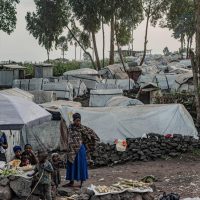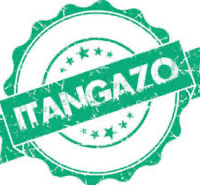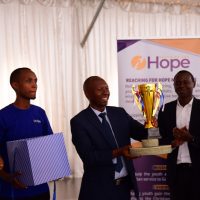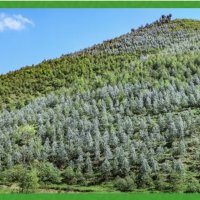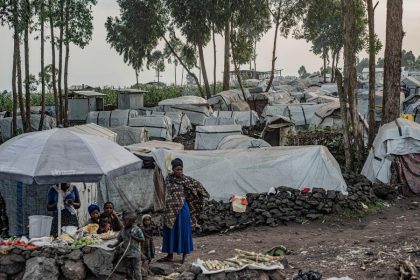The World Food Day (WFD), observed globally each year on October 16, is an opportunity to promote worldwide awareness and action for those who suffer from hunger and for the need to ensure food and nutrition security for all. It is also the anniversary of the Food and Agriculture Organization of the United Nations (FAO) that is now 72 years old, with no intention to retire!
The WFD celebration is also an opportunity to show our commitment to global goals, notably the Sustainable Development Goal (SDG) number 2 –achieve Zero Hunger by 2030.
In Rwanda, WFD 2017 is being observed on October 26, in Rubengera sector, Karongi District, Western Province.
This year’s celebration is being marked with world hunger on the rise, the first time in over a decade, from 777 million people in 2015 to 815 million women, children and men in 2016 (SOFI 2017). This represents 38 million increase or 11 per cent of the global population. The increase is driven by conflicts and climate change which are also major drivers of distress migration. For Africa, the number of hungry people in 2016 is at 243 million or 20 per cent of the global number.
This year’s theme, “Change the Future of Migration: Invest in Food Security and Rural Development”
Rural households often bear the burden of these drivers. Most of the world’s poor live in rural areas, and many rural youth, especially in Sub-Saharan Africa, migrate in the absence of productive opportunities. In 2015, over 240 million people were recorded as international migrants and about 740 million as internal migrants (staying within their own countries and regions, mainly moving from rural to urban areas). The large majority of migrants come from areas affected by conflict, climate change and lack of work opportunities.
It is in recognition of this global human tragedy that the WFD 2017 is dedicated to the articulation of migration, farming and rural development, with the resolute to address the root causes of migration, notably poverty, food insecurity, unemployment and lack of social protection.
How ending hunger and poverty relates to rural development
Achieving the Sustainable Development Goals (SDGs) to end hunger and extreme poverty by 2030 will mostly depend on developing rural areas, where over 70 per cent of people live in Rwanda. More resources need to be allocated for investment in rural areas, not just because that is where most of the poor live, but also because these areas have great potential for economic development.
The FAO flagship report “State of Food and Agriculture 2017 (SOFA)”, released earlier this month, shows that, across all regions, rural-based economic activity can be just as effective for poverty reduction as that of urban sectors. The report shows that to achieve substantial poverty reduction in countries where industrialization is lagging, new strategies are needed to leverage the untapped potential of food systems through agro-industrial development. This will help boost productivity and incomes on small-scale farms, and create off-farm employment through the development of downstream agriculture and food value chain development. The resulting transformation would help accelerate rural poverty reduction, and also contribute to addressing urban poverty and food insecurity.
FAO’s interventions in Rwanda to promote food security and rural development
FAO has a long standing relationship with Rwanda. We have been involved in a number of efforts to promote rural development and improve food and nutrition security. We do this in the overall framework of the UN delivering as One in Rwanda.
Among our most recent support I wish to refer the following:
Technical support to the preparation (still underway) of the 4th Agriculture Transformation Strategic Plan (PSTA4) in synergy with other development partners;
Support to small scale irrigation development through technological support with the provision of equipment and training to concerned cooperatives in the districts of Nyagatare, Kayonza and Kirehe, in Eastern Province, hence equipping them to adapt to climate change and grow crops all year round;
Support to the Rwanda Youth in Agribusiness Forum (RYAF) in capacity and skills development;
Support to rural women in Nyaruguru by training them in the use of modern farming techniques and unlocking their economic potential;
Support to commercial aquaculture and poultry value chains development;
Support to the implementation of the Ministry of Agriculture and Animal Resources’ Strategy on the use of ICT for Agriculture (ICT4Ag), notably through the development of apps intended to help accelerate the national goals of agriculture value chains development, use of climate information to farmers’ use, access to markets and more resilient livelihoods.
FAO firmly believes that investing in rural development and food security would ultimately lay the ground for long-term inclusive sustainable growth and prosperity. Happy World Food Day!
Attaher Maiga

